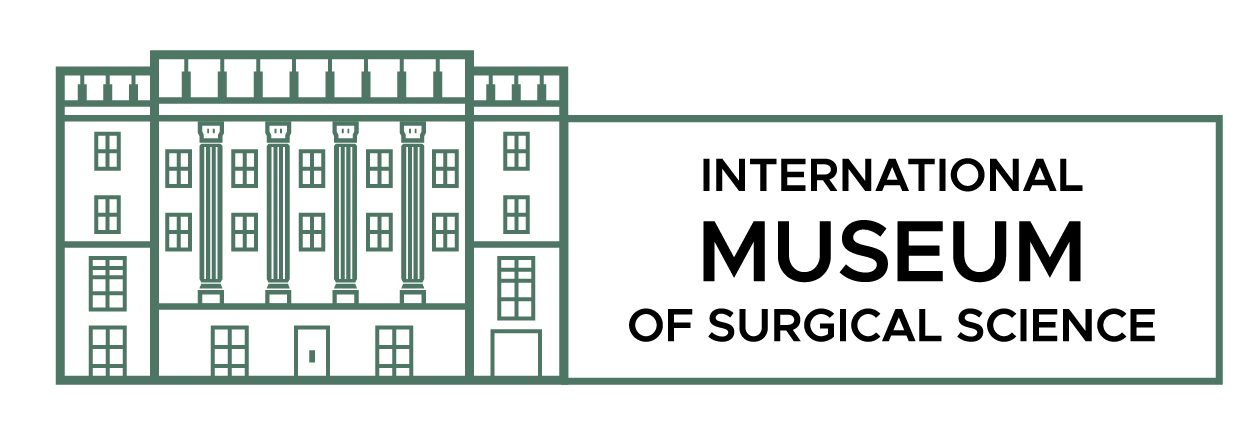Published by Shreya Wadhwa.
Have you ever wondered how your blood is produced or the path it takes through your body? When you eat, your liver ingests food and creates blood. This blood flows from your liver to the right side of the heart. From here, some blood flows into your lungs, where it gives off “sooty vapors.” This is the reason your breath has an occasional husky un-pleasance. Meanwhile, some blood flows through invisible pores into the left side of the heart, where it gains “vital spirits” because it mixes with pneuma, which is the creative force that you have as a person. Once this is complete, this blood flows to a congregation of arteries at the base of the brain, where the vital spirits are converted into animal spirits before they are distributed to the rest of the body through nerves, which are hollow tubes. Upon delivery, the blood is consumed by the tissues.
While this may come across as far-fetched, this was Galen’s theory of how blood was created and utilized by the body: physicians believed and built their understanding of physiology around this idea for 1,500 years (1).
It was only in 1628, when William Harvey, supposedly a humorous but precise man, discovered the actual process through which blood circulates that this idea was challenged (2). Harvey moved from Scotland to Padua, Italy when he was nineteen years old to study under Hieronymus Fabricius, who is considered the father of modern embryology. In Padua, there had been slight advances and doubt cast on Galen’s still widely-believed circulation theory before William Harvey arrived: Andreas Vesalius had doubted that there were invisible pores in the septum between ventricles of the heart, Realdus Columbus discovered pulmonary circulation, and Fabricius was the first to describe valves in veins. However, incorrect notions remained: it was thought that the heart did not transmit pulsation to the arteries and blood in the veins was separate from that in the arteries. After completing his studies and receiving his medical degree in 1602 from the University of Padua, Italy, he moved to London, England. He continued to study comparative anatomy while running his practice in London. In 1615, he was named the Lumleian Lecturer by the Royal College of Physicians in London; this appointment made him one of the most influential anatomy teachers of his time (3). At the age of 50, Harvey published “Exercitatio Anatomica de Motu Cordis et Sanguinis in Animalibus,” which is commonly referred to as “de Motu Cordis.” The book was written in Latin and published in Frankfurt, Germany.
In “de Motu Cordis,” Harvey hypothesizes that blood circulates and that the heart acts as a pump. Harvey writes about his dissections—he describes “the symmetry and magnitude of the ventricles of the heart and of the vessels entering and leaving” and “craftsmanship of the valves and fibres and the rest of the fabric of the heart.” He proceeds to unify his observations regarding the anatomy of veins to formulate the hypothesis that blood “might rather have a certain movement, as it were, in a circle.” In Chapter 13, Harvey rebukes the former notion that blood was produced by digested food and the primary function of the heart is to produce heat. He argues instead that,
“blood in the animal body moves around in a circle continuously and that the action or function of the heart is to accomplish this by pumping. This is the only reason for the motion and beat of the heart” (4).
Though there was significant push back and controversy when he first proposed this theory, it eventually gained wide acceptance because of its logic and experimental proof (5). Harvey’s theory of circulation laid the foundation for intravenous therapy and blood transfusions.
During his time at Oxford, Harvey mentored Charles Scarborough—through this mentorship they became and remained lifelong friends. Scarborough helped Harvey write “Exercitationes de Generatione Animalium,” which translates to Experiments Concerning Animal Generation. In doing so, he became a well-learned anatomist and proceeded Harvey as a Lumleian Lecturer. Scarborough also served as a mentor to Christopher Wren, who was the first individual to use Harvey’s theory of circulation as the basis for a procedural medical solution (6).
Christopher Wren was a famous anatomist, astronomer, architect, and mathematician-physicist. One of Wren’s close friends was Dr. Robert Boyle—known for his work establishing gas laws (Boyle’s law). Boyle documented a conversation that he had with Wren in which Wren claimed to be able to create a tool that would allow him to “convey any liquid poison into the mass of the blood.” The experiment that Wren conducted, in 1657, to prove this was on a large dog and it involved opium and the Bladder and Quill Transfusion Apparatus. He made a small slit, injecting the dog with the warm opium solution, and within minutes, the opium took effect. The opium had such a strong effect on the dog that individuals began betting on whether the dog would survive: it did (3).
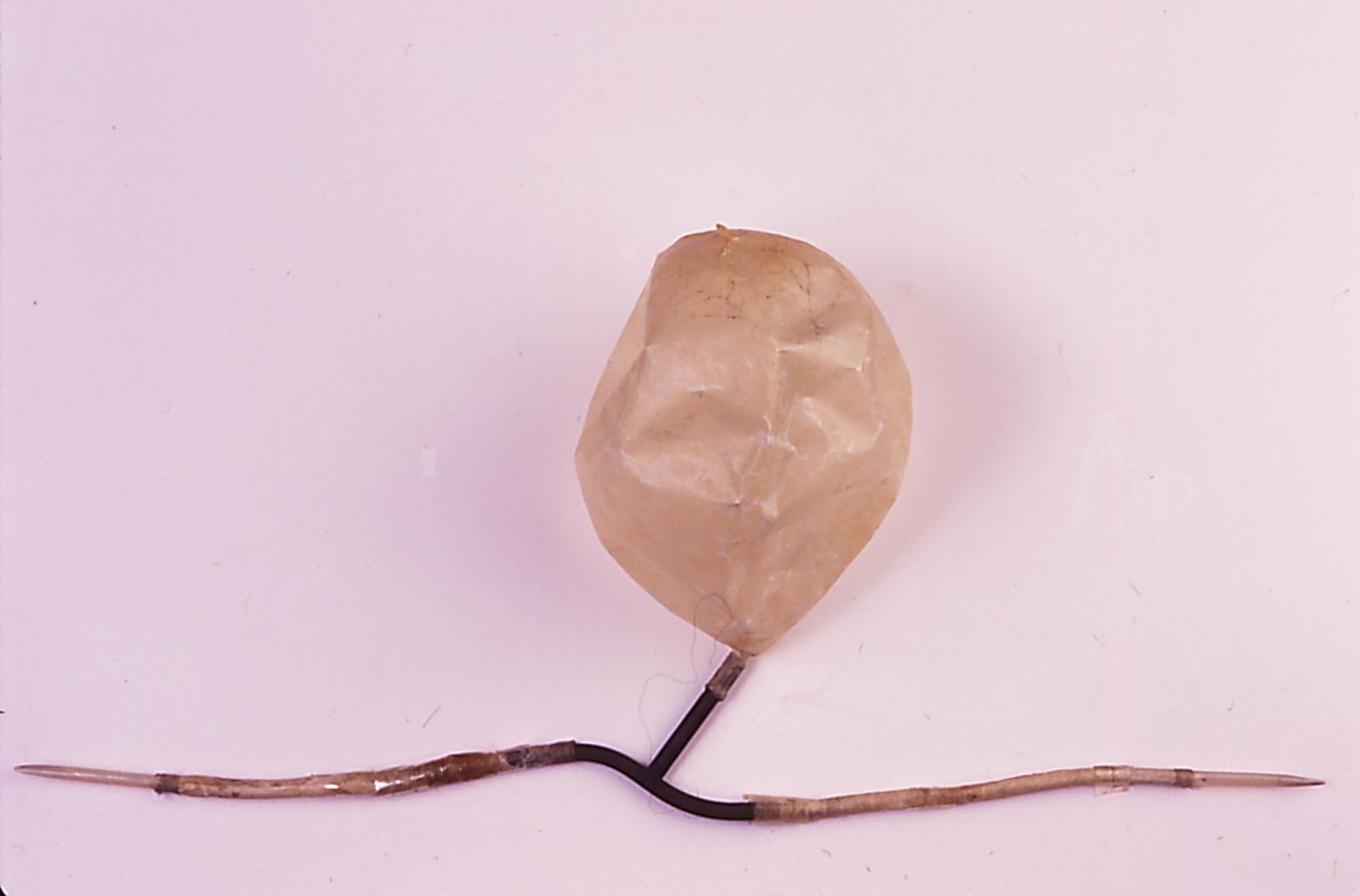
Soon after, in 1666, Dr. Richard Lower was able to accomplish a blood transfusion. Initially, he had tried to transfuse blood from the vein of one dog to the vein of another, but blood in the veins moves slowly: this was unsuccessful. He modified his approach by connecting the carotid artery of one dog with the jugular vein of another: this was successful (3). The following year, Dr. Jean Baptiste Denis performed the first transfusion from an animal to a human patient. However, the practice of transfusions was soon prohibited by law because of patient reactions, until the identification of blood types and cross-matching in the 20th century (7). It is also relevant to note that, at this time, blood was considered a determinant of personality rather than a means of transporting oxygen; oxygen had not yet been discovered (8).
In the early 1800s, James Blundell—an obstetrician in London—took an interest in blood transfusions because he frequently saw women who went into shock and died of post-partum hemorrhage. Initially, he performed transfusions on dogs, but he soon shifted to performing them on humans. He was the first individual to give a straightforward warning about transfusing heterologous blood. Blundell invented many tools for blood transfusions; his preferred method was indirect transfusion (Figure 2) and he only suggested the use of transfusion for individuals with a hemorrhage endangering life (8).
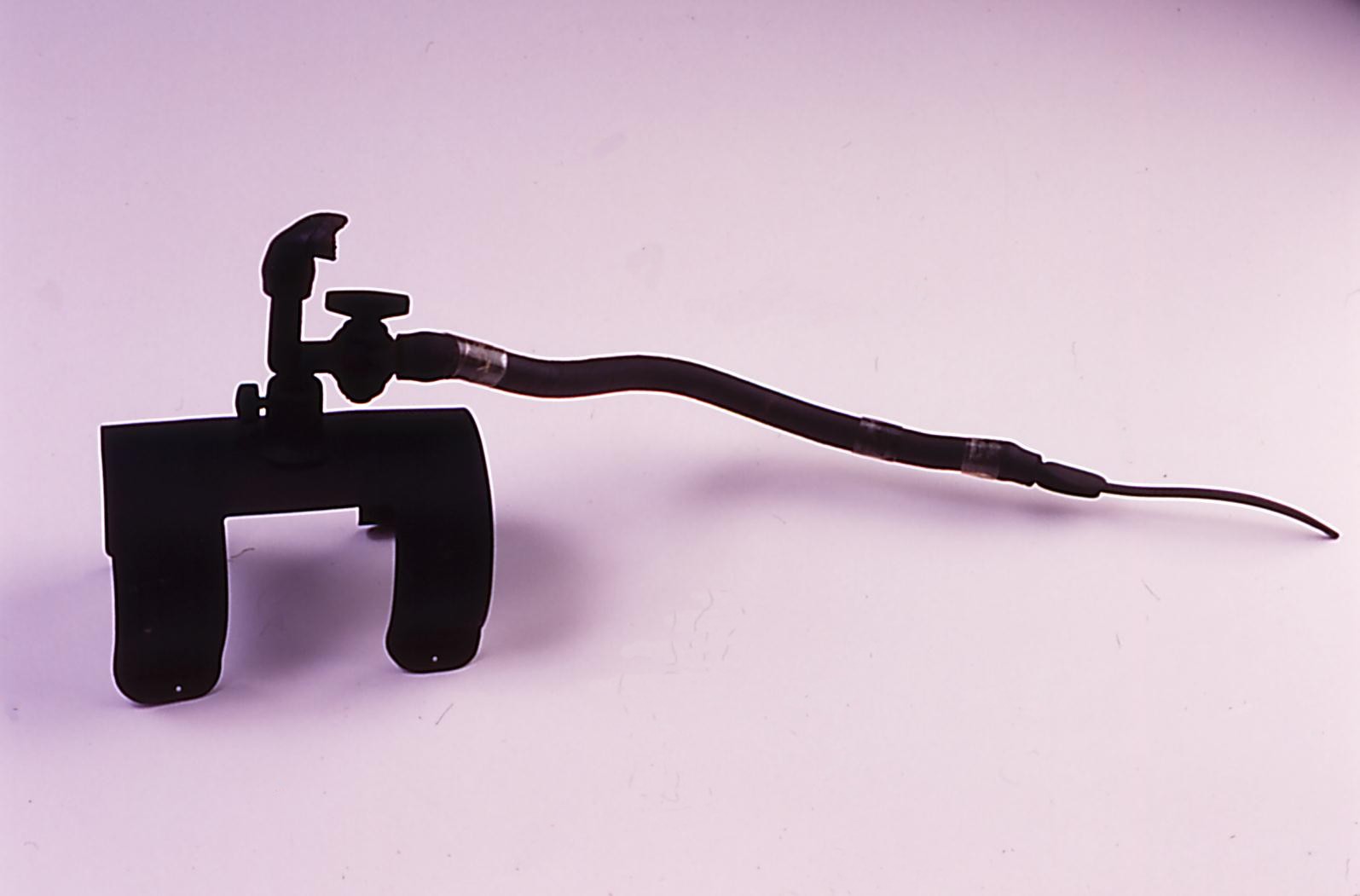
While Blundell and his contemporaries had some success, there were significant issues with blood coagulation; thus, most transfusions were unsuccessful. Around 1865, Dr. James Aveling created a simple apparatus to mitigate the issue of coagulation, which he named the Aveling blub (Figure 3). This device allowed for a direct blood transfusion from the donor to the recipient: it was comprised of two silver cannulae that were inserted into the donor and recipient, and it was connected by rubber tubing. The rubber tubing had a compressible bulb located in the middle, which functioned to propagate and sustain flow. The device was very effective at providing blood to the patient and preventing clotting; though, the individual performing the procedure had to wield substantial technical skill. Moreover, it was a painful procedure wherein one was unable to accurately estimate the quantity of blood transferred from the donor to the recipient. This was problematic: blood donors frequently became hypotensive while recipients often struggled with circulatory overload (9).
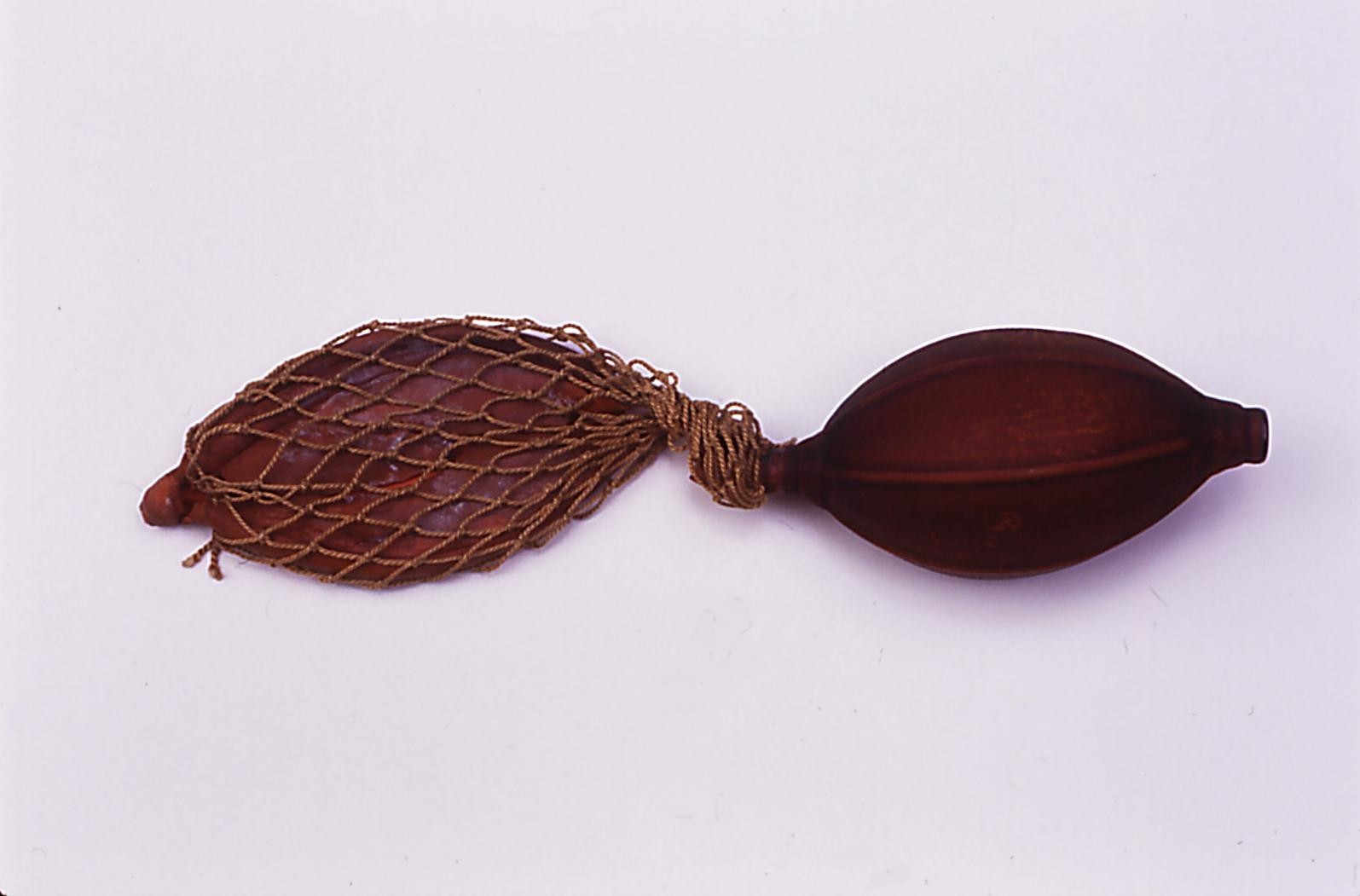
There were many attempts at chemically creating anticoagulants at the turn of the 20th century. Chemicals used included everything from sodium bicarbonate and sodium iodide to arsphenamine and hirudin. Finally, in 1915 Dr. Richard Lewisohn at Mt. Sinai Hospital proved that sodium citrate at a 0.2% concentration functions as an effective anticoagulant, and that it would preserve blood for up to two weeks. This discovery came just in time for World War I. The flexibility of being able to store and use blood later provided by anticoagulant proved a boon—it spurred the invention of various blood transfusion tools (Figure 4-7). Once information regarding blood type was incorporated into transfusion, it became a much more effective procedure (9).


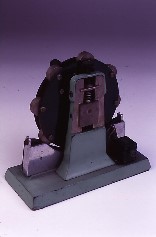

At present, individuals receive transfusions if they lose blood during their operations, have serious injuries from incidents such as car crashes, have a severe illness such as liver disease, or have a bleeding disorder such as hemophilia.
Sources:
1. Edwards, Steven A. “The Circulatory System, from Galen to Harvey.” AAAS – The World’s Largest General Scientific Society, 15 Dec. 2011, www.aaas.org/circulatory-system-galen-harvey.
2. Power, D’Arcy (1897). William Harvey: Masters of Medicine. T. Fisher Unwin. ISBN 978-1-4179-6578-6.
3. GRAHAM, J M. “William Harvey and the early days of blood transfusion” Edinburgh medical journal vol. 60,2 (1953): 65-76.
4. Ribatti, Domenico. “William Harvey and the discovery of the circulation of the blood” Journal of angiogenesis research vol. 1 3. 21 Sep. 2009, doi:10.1186/2040-2384-1-3
5. Lubitz, Steven. (2004). Early reactions to Harvey’s circulation theory: The impact on medicine. The Mount Sinai journal of medicine, New York. 71. 274-80.
6. CHANCE, BURTON. “CHARLES SCARBOROUGH, AN ENGLISH EDUCATOR AND PHYSICIAN TO THREE KINGS: A Medical Retrospect into the Times of the Stuarts.” Bulletin of the History of Medicine, vol. 12, no. 2, 1942, pp. 274–303. JSTOR, JSTOR, www.jstor.org/stable/44446270.
7. Richard Lower: The Origins of Blood Transfusion. Fastag, Eduardo et al. Journal of Emergency Medicine , Volume 44 , Issue 6 , 1146 – 1150
8. MALUF, N. S. R. “History of Blood Transfusion.” Journal of the History of Medicine and Allied Sciences, vol. 9, no. 1, 1954, pp. 59–107. JSTOR, JSTOR, www.jstor.org/stable/24619834.
9. Hillyer, Christopher D. Blood Banking and Transfusion Medicine: Basic Principles & Practice. Churchill Livingstone/Elsevier, 2007.
Shreya Wadhwa is the IMSS Collections Intern for Winter 2018, and currently a student at Loyola University Chicago.
